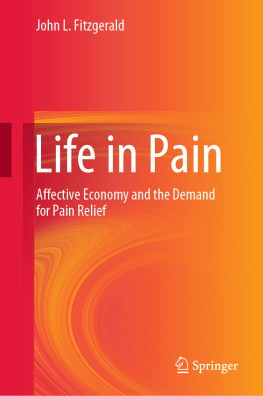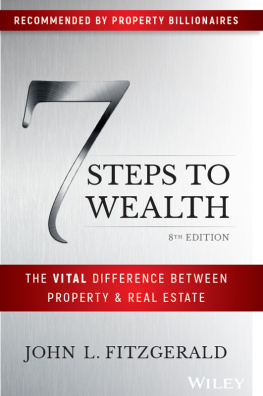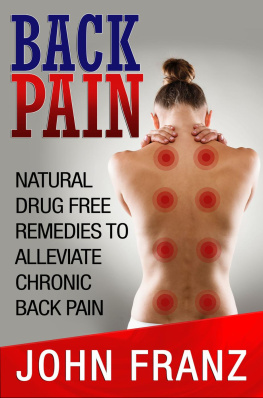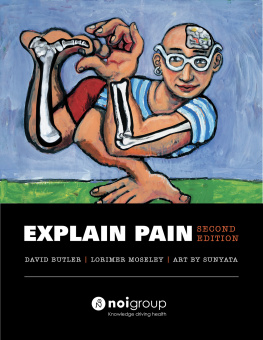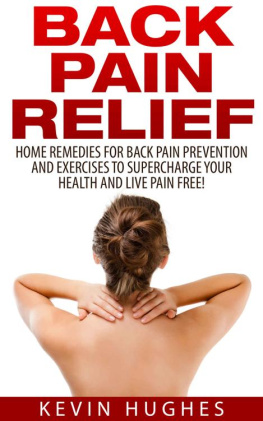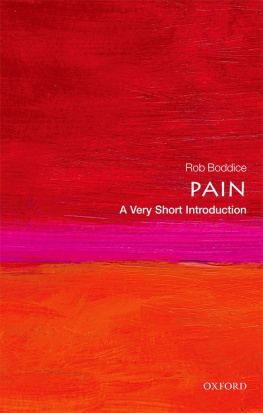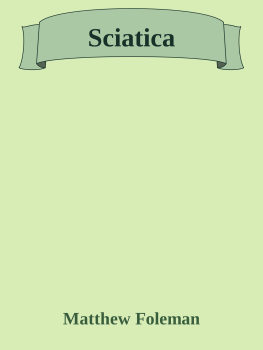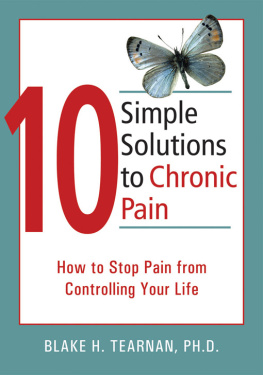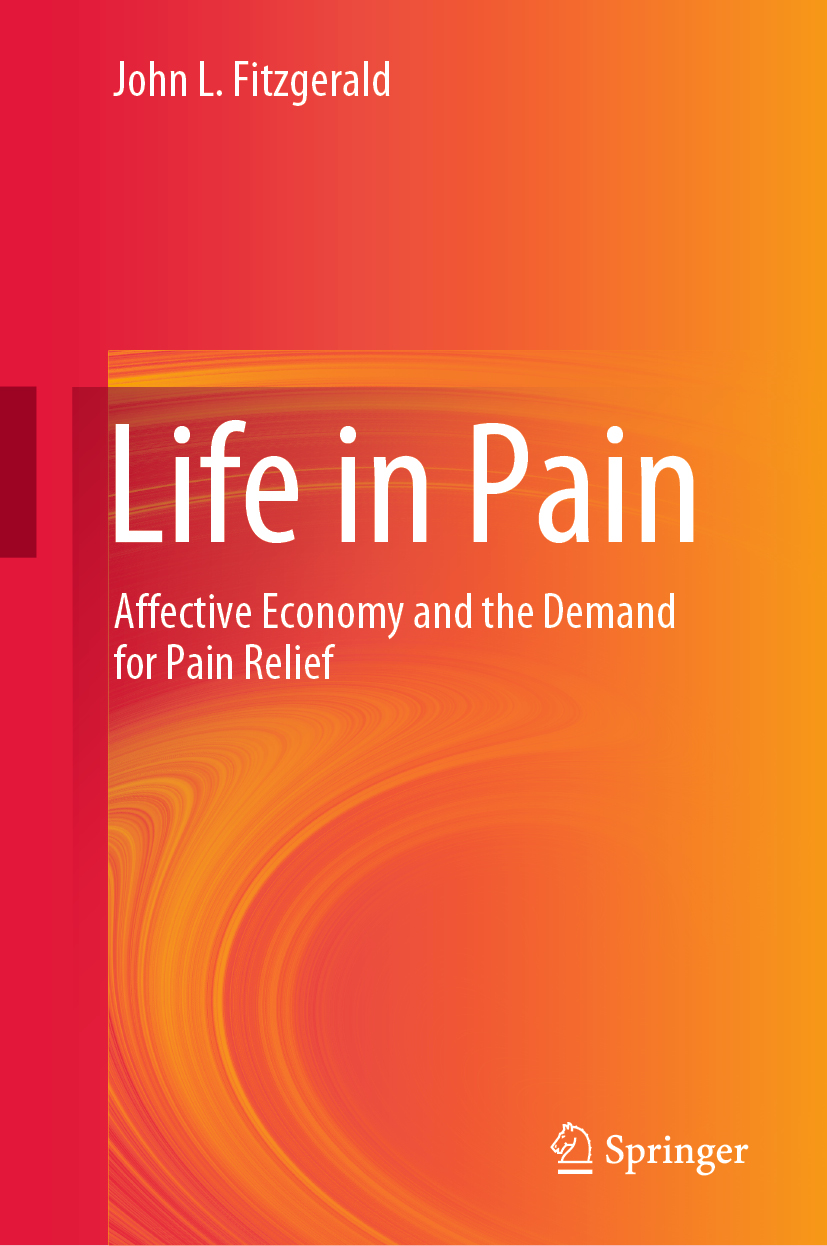John L. Fitzgerald
School of Social and Political Sciences, University of Melbourne, Parkville, VIC, Australia
ISBN 978-981-10-5639-0 e-ISBN 978-981-10-5640-6
https://doi.org/10.1007/978-981-10-5640-6
Springer Nature Singapore Pte Ltd. 2020
This work is subject to copyright. All rights are reserved by the Publisher, whether the whole or part of the material is concerned, specifically the rights of translation, reprinting, reuse of illustrations, recitation, broadcasting, reproduction on microfilms or in any other physical way, and transmission or information storage and retrieval, electronic adaptation, computer software, or by similar or dissimilar methodology now known or hereafter developed.
The use of general descriptive names, registered names, trademarks, service marks, etc. in this publication does not imply, even in the absence of a specific statement, that such names are exempt from the relevant protective laws and regulations and therefore free for general use.
The publisher, the authors and the editors are safe to assume that the advice and information in this book are believed to be true and accurate at the date of publication. Neither the publisher nor the authors or the editors give a warranty, expressed or implied, with respect to the material contained herein or for any errors or omissions that may have been made. The publisher remains neutral with regard to jurisdictional claims in published maps and institutional affiliations.
This Springer imprint is published by the registered company Springer Nature Singapore Pte Ltd.
The registered company address is: 152 Beach Road, #21-01/04 Gateway East, Singapore 189721, Singapore
Preface
Ronnie is a walk-in cannabis dealer in Melbourne, Australia. He deals in small bags of around $20$50. He used to be a speed dealer, but there is a more aggressive speed dealer living at the end of the street now, and he cant afford to compete with him, purely on the risk of violence. Instead, he mostly moves small quantities of cannabis for friends, family members and acquaintances, who come to his house every couple of days and buy small bags of leaf and head. He has a glass bong on the living room coffee table amidst all the magazines and cutup cigarettes. The room is dark and moist; it is public housing. It is a Thursday afternoon in winter, and the sun only just peeks over the treeline in the backyard barely visible through the kitchen window. The sunlight doesnt go all the way from the kitchen into the living room. Instead, the pale oven globe gives off a faint glow which guides the way between the two main rooms in this two bedroom units.
Theres some dinner in the oven if you want it, he offers. A couple of fish fingers, bubbling with fat, cast a pungent oily vapour trail though the other stale smells. This is Ronnies dinner. Its all I got, Mels in hospital again he looks away, embarrassed. His girlfriend usually shops, cooks and looks after the house. His job is to try and keep the cash coming in from the steady cannabis trade, and occasionally from selling small quantities of heroin and speed when he can get his hands on it, without the dealer up the street finding out. Things arent going so well. The small cannabis trade provides enough money for food and buses, but not enough to pay rent and bills. With Mel in hospital, he tends not to manage the house very well and he loses track of things. He recently got some attention from the local police. He refused to let them in the front door, so the senior constable hit him in the face. The blood spray pattern on the wall above the doorway entrance re-enacts the approximate trajectory of his one remaining front tooth as it left his face and ricocheted around the walls of the unit to be lost somewhere under the coffee table.
There is a lot of pain in Ronnies life. The pain of not having enough food, the pain of the recently departed front tooth, of not being able to find work, and the pain of knowing that he is trapped in the cul-de-sac, with little prospect of making enough money to go to the movies, because Rick, the dealer at the top of the street, has him under a constant watch. If Ronnie does come into money, it will have to go back to Rick anyway because he still owes him from the last drug deal that fell through.
Tom and Shauna have just moved to Portland, Oregon. Tom is a fly-in-fly-out worker. He is one of the digital natives who has a mobile workplace. He flies between Europe, the USA and China, delivering his specialist IT services. On his return from a particularly gruelling ten-day, three-country work trip, he finds he is not sleeping. His sleep patterns are disturbed, and he has a continuous headache for four days. He is fifty-three years old, with a wife and two children. He is slim, athletic, rarely drinks alcohol, doesnt smoke and eats mostly vegetarian food. He is at the peak of his professional career and is in fine physical condition. So, there is not much that can explain his headache and sleep disturbance. He goes to Marijuana Paradise, a cannabis dispensary in Multnomah County in Portland, buys some pomegranate CBD 1:1 marijuana gummies and takes one after dinner on Wednesday. Tom sleeps well that night, and the next day his headache has gone. Tom did not get a prescription, nor did he see a doctor, but he is using cannabis for medicinal purposes. It helps in a number of ways.
Drugs relieve pain. Drugs can also cause pain. The relationship between pain and drugs is entirely context dependent. This book explores the disparate contexts through which life in pain is mediated by drugs. Unusually, we now live in a world where cannabis in one context is a legal medicine, and in another is an illegal recreational drug of dependence. The ambivalence of psychoactive drugs, where they can be both remedy and poison, is not new. However, we are at a moment in the drug policy arena when we have never experienced a level of pain caused so clearly by a legally prescribed group of pain relievers. The North American opioid epidemic has had a profound effect on North American life, health and culture. Also profound is the market confidence in cannabis as a potential replacement for those opioid plain relievers. Life in Pain explores these perversities and provides a way of thinking about the place of pain-relieving drugs in our society. This is a profoundly social and economic framework for understanding the contradictions and perverse social and material outcomes from drug use.
This work floats across a number of disciplines. On the one hand, it can be read as a piece of medical anthropology. It can also be read as criminology, sociology, philosophy or cultural studies. Rather than try and pitch the written text to a particular discipline, I have written this work for the interested reader. As I alternated between different rhetorical styles and textual forms, I tried to resist writing for a specific kind of academic reader. Instead, Life in Pain is written for the motivated reader. It is written to engage with a reader who is prepared to read outside their comfort zone, and is prepared to not understand some sections, and to read a technical or analytical style that they havent encountered before. I have written his book with four actual readers in mind.

